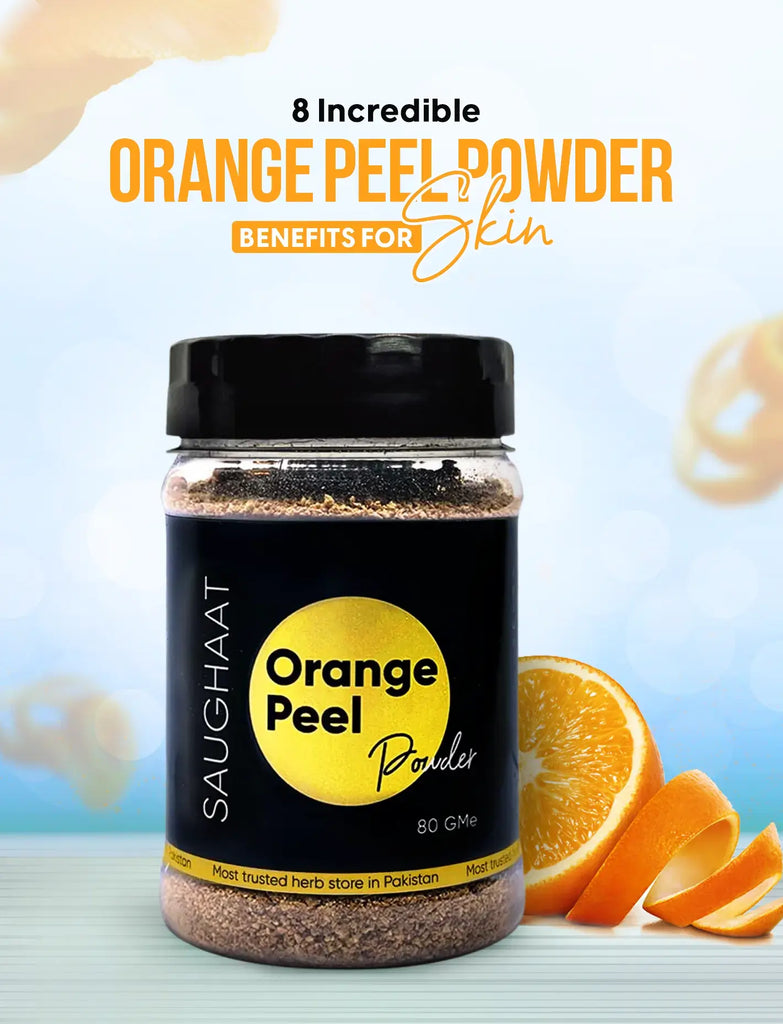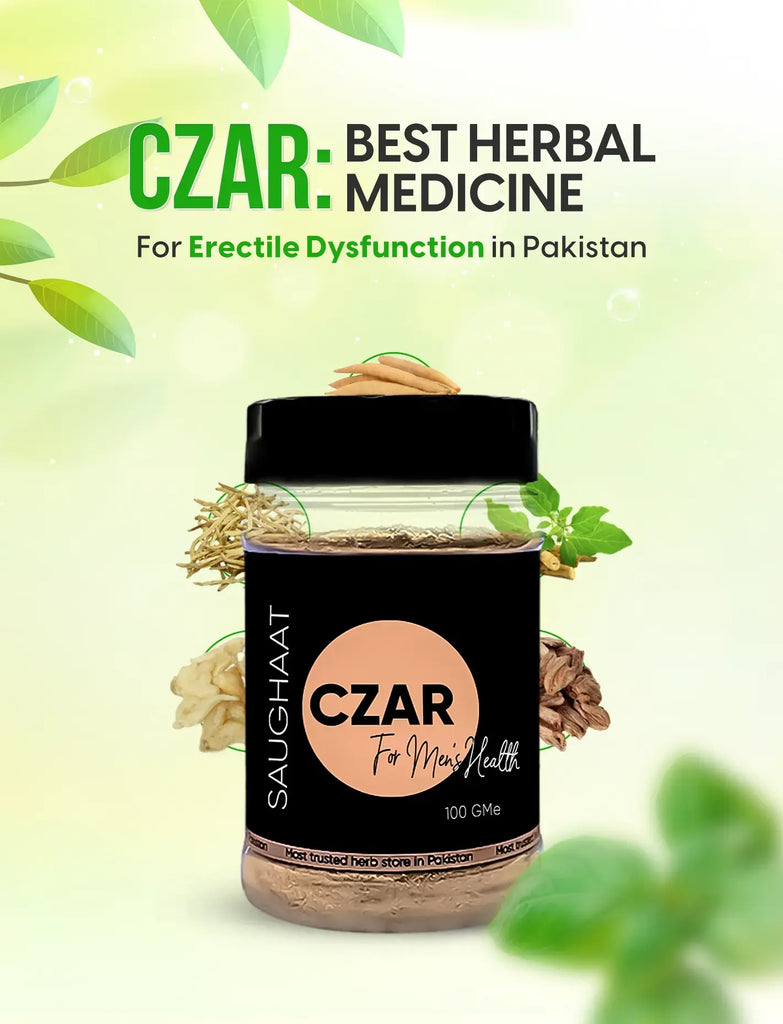
How Does Seed Cycling Work?

To understand seed cycling, you first need to be clear on how your cycle works and the phases it goes through. The menstrual cycle is made up of two phases, the follicular phase, which is phase 1, and the luteal phase, phase 2. Both the phases last around 14 days each. Estrogen rises in the first phase of your cycle, while progesterone rises in the second one (as estrogen declines). When these hormones are thrown off-balance, you are likely to experience PMS symptoms, acne, cramps, short luteal phases, irregular cycles and amenorrhea (missing periods).

Factors that may cause a hormonal imbalance are health conditions such as PCOS, hypothyroidism, and weight issues, being either, overweight or underweight can cause such imbalances.
Hormones during the menstrual cycle
Estrogen is at its lowest point at the beginning of the follicular phase and it stays low before it rapidly rises to its peak just before you ovulate as a response to the follicle-stimulating hormone (FSH). This peak is what triggers the luteinizing hormone to be produced, which takes place about 36 hours before ovulation. Just for the record, it is the follicular phase that typically fluctuates in length which disturbs the entire cycle.
Ovulation is your sign that confirms the conversion into the luteal phase. The follicle that ovulates is corpus luteum, which is what the phase is named after. This also produces progesterone, the prominent hormone in the second phase of the cycle. After ovulation, estrogen drops and then starts to rise again in the second half but not as much as progesterone.
Estrogen dominance and the problems it may cause
Estrogen dominance may be the cause of many PMS and PCOS symptoms. Similar to testosterone, estrogen is a very important hormone for women but just like testosterone, too much or too little of it can result in uncomfortable symptoms. Lignans, which are found in many of these seeds, are good at getting rid of excess estrogen and balancing out the estrogen to progesterone ratios. Some of these seeds are also rich in fiber, which facilitates the expulsion of excess estrogen from the body through bowel movements. This is why, a fiber-rich diet is crucial for someone experiencing the symptoms mentioned above.
Getting all this science out of the way, hopefully the way that hormones work in a menstrual cycle makes more sense, and helps you understand the nitty-gritty of seed cycling.
Is it normal to not have a 28-day menstrual cycle?
There is no need to be alarmed if you do not have the “ideal” 28-day cycle. Plenty of women don’t and their hormones levels are not even out of balance. But if yours are, just adjust the seed cycling process according to how long each of your phases last. It is just as normal for a cycle to last anywhere between 21-35 days.
Approximately only 13-15% of women actually have a 28-day cycle and it is a misconception that women must ovulate on their 14th day.
Day 1 of your period would signify the first day of your cycle and the first phase will last till ovulation. Then you enter into in the second phase which then lasts till your next period.
Bottom line
Some personal accounts from people who have tried seed cycling claim to have noticed tangible benefits, such as shorter and lighter periods with symptoms from PMS practically eliminated or significantly reduced. Their acne clears up and their cycles are regulated. Many women have reported great experiences with this method.
This, however, is not an answer to end all your troubles. It is imperative that you also maintain a consistent healthy diet for this to even work. It can in no way balance out all the junk you might be putting into your body. You must be disciplined in your consumption of the seeds, which will work together with healthy habits to help resolve some of your hormone-related problems.











